
READ OUR
NIC CAGE INTERVIEW HERE!
Considering his status as one of Hollywood’s up and coming directors, Patrick Lussier is an awfully nice guy. I remember everyone in Lousiana putting him over as being incredibly friendly- Todd Farmer (Pat’s writing partner) told me that Lussier personally stops and thanks every single member of the cast and crew at the end of every day of shooting, which is quite a gesture.
As such, when Patrick’s interview time came up he came tearing down the sidewalk, moving as quickly as he could. He walked over to our table, shook our hands and quickly asked us to excuse him for a moment so he could go to the bathroom, as he had been holding it for hours. That really summed the guy up for me. Anyway, read on to find out what the director of My Bloody Valentine had to say about his current project,
DRIVE ANGRY.

Does shooting 3D slow you down at all?
Lussier: Not really. There’s a couple different things you have to do framing wise and things like that and occasionally you have some technical things because you have to have a few eyes that our two cameras are basically shooting every single shot and have to function in perfect sync all the time. So occasionally you’ll have technical things but overall maybe it’s 10% slower overall—maybe.
What’s changed about shooting in 3D from My Bloody Valentine to this?
Lussier: Big thing is the sensors on the camera can allow you to shoot closer to what it’s like to shoot film, so you can shoot with a lot less light. So it allows you to shoot…the thing that slowed us down on “Valentine” all the time was the amount of lights we had to use. It wasn’t the 3D, it was the fact that we had to use massive lights everywhere we went. And of course we were doing it underground in a real mine where walls could move or anything like that. We don’t have any of those issues here. It’s much…the faster cameras in terms of faster and exposure. It’s one of the big things.

There’s been a lot of mention of 70’s car chases. What is your vision and the end result shooting long lens/wide lens film grain?
Lussier: Well, film grain—we discussed doing some of that. A lot of it will depend again on what that looks like in 3D because you have to match the grain eye for eye and everything like that. It’d have to be identical so there’s all sorts of anomalies with 3D that will give that. You know the big thing that we wanted to do was create something that had that vibe, yet with the 3D you don’t even have a tendency to play a lot of things wider—at wider closure. Although we’re using 150’s and stuff like that which normally you don’t use in a 3D movie, so we have a lot of long lens stuff that really compresses the action, compresses the close-ups where the background’s out of focus so the 3D is mostly on the face and then everything else falls away in that world of mono at different times.
Have you had any really hard challenges in the long car trips, the wide open road, shooting with 3D since lots of time you see 3D it’s in the short range??
Lussier: Yeah, you know we haven’t so much. We’ve been cooling down the road at 50, 60 70 mph with cars chasing us. You know usually it’s trying to keep up with Nic because he drives and he drives so well and so fast that’s been the biggest challenge and it’s nothing related to 3D.
Sorry, just one last camera question. Was that…I mean something when you’re shooting a homage of this style, is it weird to shoot digital instead of film and…?
Lussier: You know, it’s something that we never even thought about because technically we couldn’t do anything else. Yeah, because we couldn’t do anything else it wasn’t even anything that we considered because in order to shoot in 3D this is the venue we were going to work in so that’s where we were.

Are there major set pieces or is it just smaller ones littered throughout?
Lussier: Yeah, there’s major action set pieces. You know, they’re sort of different. Yeah, but there are…there’s a huge car chase in the middle that has Milton chasing after Piper, you know, Nic chasing after Amber Heard and she’s in the middle of massive fist fight inside an RV traveling down the road while he’s being chased by multiple people and you know, gunfire, murder and mayhem and things blow up and all kinds of crazy shit.
Do you rely on storyboards a lot to plan out how you’re going to…
Lussier: You know what? I rely on them for certain sequences, you know, certain specific sequences that have a lot of second unit. They’re valuable. I find the way I like to work is I shot list everything and then we go through it, block everything, so that everybody knows what we’re doing on a daily basis. You know, storyboards a lot of the times are a great way to show things to the suits. Like “Ooh look! It’s a flip-book.” And then but again for like the big visual effects sequences its vital to have them.. so you know you have a big road block sequence that has all sorts of murder and mayhem and all kinds of crazy shit that happens, but that we storyboard pretty specifically because we did a couple of gags in there that we hadn’t done before, so.
Can you talk about what Nic brings to the film?
Lussier: Yeah, I mean when we first wrote the script and went to meet with Mike De Luca to produce the film and then Mike immediately came up with Nic as somebody who would love the project. And we took it to Nick and met with him. Nic, the first conversation…he’s the only actor we talked to to play Milton. We went and met with him and within 23 minutes he was just like I have to play this part. I am this guy. I’ve never played anything like this. I’ve never played anything like this. I’ve never played anything this hard as this, as edgy as this, as relentless as this and I want to play this part. And so we were all sold together and that’s what he brings. He brings an undeniable passion and enthusiasm for not just the film but for the era of the films it plays homage to. For the sort of the idea of a very hard guy doing a very noble thing even though he’s basically a bad guy, which he loved. He loved that sort of that duality. And that’s in a lot of the characters. There’s sort of dual nature to the characters.
Is Nic’s performance in Drive Angry at all similar to his performance in Bad Lieutenant?
Lussier: It’s different. It’s not a manic. That’s the wrong way to describe the character. There’s a definite energy to it that…if I tell you what it is it’ll tell you too much. Because it has to do with what the character is, so.
Is there a certain scene or point in the film that really encompasses what this movie is all about?
Lussier: Yes. I can’t tell you what it is.

Todd said we should ask you specifically which 70’s films you were looking at.
Lussier: When we wrote it we talked a lot about “Vanishing Point” obviously. We talked even further back…I’m trying to remember them all. My mind is going totally blank. But “Duel” we talked about a lot. You know, that kind of story and then sort of edgier stories like “Outlaw Josey Wales” which is that sort of character. That character’s journey, what that character’s journey is as a similar model for this character. There’s a host of other ones and I’m blanking, sorry about that.
You went with the red camera system. The other competitor out there is the Pace camera system. What was it about the red camera that…
Lussier: Well we’re using the paradise effects. They’re the ones who are doing our 3D. We, on “Valentine”, we met with Pace, we met with Reality. There was only one company which is Paradise who said yeah,sure. You want to go into the mine? You want us to do this? You want us to do this? You want to make a camera that can flip up invert from low mode to high mode in 5 minutes? Yeah, we can do that. They’re the only people who did that. The only people who said they could do anything we wanted anytime we needed it and could work at the pace that we needed to work at. Somebody that could embrace on “Valentine” what was a $50 million budget and come in and deliver the 3D that we needed in the time allotted. So naturally we had such a great experience with them that we wanted to return to them on this.
It seems like such a big guy action movie, what will attract women to want to see this?
Lussier: You know there’s…one of the main characters is played by Amber Heard who’s very compelling, very strong female heroine who’s at the forefront at how she gets involved with Nic’s character. And then becomes part of his journey. You know, she’s not a victim, she’s not just a girlfriend. She’s not anything like that. She is there together the entire way neck and neck. I mean to have them really bring that kind of strength and female identification.
Does it annoy you, do you get pissed off when stuff about your films leaks out on the Internet before you’re ready to have it revealed? I mean, is that frustrating for you?
Lussier: Yeah ,sure it is. But there’s a point when things are no longer in your hands . You know, sh*t gets out and there you are.
Is this a movie that’s being looked at as if it does well are we left at the end of the story where we could see “Drive Angrier”?
Lussier: Perhaps. It’s all subject to interpretation.

Is the name Milton a direct reference to Paradise Lost?
Lussier: Yes. (laughter)
What drives you creatively to go to such a hard movie, you know?
Lussier: Again, my wife asked me that exact same question. I was sitting there describing a scene, one of the early scenes in the movie that involved Billy Burke’s character and described it to her in detail and she’s like just like “Oh my God. How did you shoot that?” Because I thought about it technically, and it was sort of mortifying to realize “oh my God, this is what we’re actually doing”. But it gives justification for Nic’s character’s journey. I mean, everything he does has to…the hero’s journey can only be emboldened by the length and breadth of how villainous the villain can be. So if you really want to give the hero big to combat then your villain’s got to be a major motherf*cker and we, of course, shot that. What compels me to do that? It’s just the stories that I’ve worked with Wes Craven for so many years it’s the stories we’ve become intrigued by. And in this story, Todd and I set out to write something that we wanted to see and the story that…the whole script came out of, and I don’t know if Todd told you this, that of the opening of the movie which is basically we describe this guy named Milton chasing after these guys known only as “the f*ckers’’, these three f*ckers, who were scared sh*tless. And we probably felt that before …5 minutes before they were probably dead f*ckers. And then of course, he catches up to them and then there are no f*ckers. And then the journey goes on from there.
Do you fear going into the editing process?
Lussier: God no. I love the editing process.
Well, do you fear that something might not make it into the final cut? Do you feel you might not get that R?
Lussier: Having walked down the road with the MPAA many times, you know we have protected ourselves in certain ways. There are things that are extreme. A lot of them are extreme in tone. A lot of it is, when dealing with the MPAA is about presentation. Certainly with “Valentine” that was a very tricky and intriguing process to land where we landed and what their main objectives were in that film were quite intriguing which are all related to sexy. You know, I think we said that the only gore trim we made in that film was 9 frames with the pick axe coming through Kevin Tighe’s head. Other than that, we cut 2 minutes of the sexy. And we also showed them the version that was 2 minutes longer than we wanted.
How does the gore in this compare with “Valentine”? Like is it more extreme, not the same?
Lussier: It’s a little different. There are some extreme stuff in it, you know? It’s a very different kind of story so it’s not about ripping people’s jaws off and things like that. It’s not a horror movie. You know, it’s much more of an action thriller. So by virtue of that there are extreme violence things. A lot of them, though is gun violence and things like that. There’s a lot more of that kind of thing than some of the mayhem we got up to in “Valentine”.
Have you built in padding for dealing with the MPAA like scenes you know you can trim?
Lussier: Um, yes. Yeah, there are things we know we can do.

Are they there expressly for that purpose?
Lussier: I would never say expressly for that purpose. They’re there knowing that that is a safely valve. If you need it, you can always let steam off there. Or you know and sometimes just the inverse can happen . On “Scream 2” we trumped up all the violence on the cut and Wes sent it in and they gave us an R the first time, which shocked us all. We’re like, what? Because Scream went back 9 different times to try to get an R rating.
When shooting a film with 3D in mind so it’s already set in stone, do you still use it as a tool to tell your storyline or is it…can it become a character in the storyline?
Lussier: Yeah, sort of both. Both. You definitely use it as a tool to tell the story. You look for things when you set up your shots that are depth related. What sells depth more? Not just ‘Dr. Tongue’s House of Pancakes’, but also just different things. One of the things that…just shooting through the windshield of a car and there’s a point where Nick’s character has to kick out a windshield and everything like that so you see him whipping down the highway. You see the big long hood of the Charger. You see him inside the wind blowing him, the back and the depth behind him, all the cars spiraling out of control behind. So there’s all those kind of things in 3D are very aggressive.
Has there been anything that you shot that was…this has only been a 40-day shoot so far and you’re ending at the end of this week, has there been an logistical sort of like unexpected nightmare that you can’t believe you got through?
Lussier: Oh God, everyday! Every day is a bit of an uphill pit fight. But it all comes together, you know? We’ve got a fantastic crew. We’re very smart and we look at our limited amount of time every day and figure our way through it. Nic and the cast are amazing at helping us do that. We have everything planned out so that when we walk into a place we know how we’re going to get out and move through it. There’s occasionally logistical things come up with cars breaking down or things like that. We can figure them out and make them all work.
Did you shoot stuff for the DVD? Any extra stuff for it?
Lussier: Extra stuff? No not per se. We shot stuff that may end up solely in extra stuff. Again, it’s a whole background story that has the ability to show as much or as little as the cut requires when we put it together, but that would certainly…and it can be cut very stylized or it can be cut as a scene as itself. So in the body of the movie, it’ll probably play very stylized and then probably be for the DVD a separate cut of what that story was.
Was there stuff shot before the release of the film like for the website?
Lussier: It’s definitely talked about doing that just in the grand scheme of things given our limited amount of time that we haven’t been able to do, but we certainly would like to so it’s a matter of whether or not we’ll be able to, but there’s a lot of strange and wonderful characters in this story and we’ve talked about getting new adventures of each one of them before they run into Milton and what’s happened to them.

Do you try and figure out the train schedule to know when these things are coming?
Lussier: We have not. We’ve discovered that when dealing with trains that the schedule is whenever they fucking want to go by and you can never control them. So we just basically suck it up. And usually it’ll happen just as you’re about to say action.
Can you give us an update on “Halloween 3” because I keep hearing these things about it and…
Lussier: I know nothing about “Halloween 3”. My last involvement with the project was Christmas. My last conversation with the Weinsteins was at that time. Beyond that I know nothing. You know as much as I do.
Do you see yourself working in 3D? Is that something that you want to …
Lussier: Sure, yeah. I enjoy working in 3D. It’s a great format to work in. It’s visually very exciting. It’s visually intoxicating. It’s a great way to tell a story, you know, and you don’t have to tell a 3D story to tell a good story in 3D, you know? Any story in 3D in can be great, you know? I shot them all sitting around this table, 3D would be amazing.
Do you feel like it something that you wouldn’t want to go…like would you only want to shoot in 3D as opposed to making a more shooting in 2D?
Lussier: No. I mean I think it’s…I’d shoot anything whatever the story warranted but certainly the 3D is an exciting way to tell it. It’s visually stunning. It’s the technology in terms of seeing it in the theater is such that it doesn’t try to split your head into two, which makes it a far more intriguing and enjoyable experience, so as long as it sticks around, I’m more than happy to make them.
What did you learn on “My Bloody Valentine” that you were able to take into this film, if anything?
Lussier: Oh, tons. Lots of other technology. A few storytelling things from my own perspective that things were sort of new, things that we had let go on “Valentine” for various reasons, some political reasons, some just purely function of time reasons and perhaps we shouldn’t have done and things we don’t let go here.


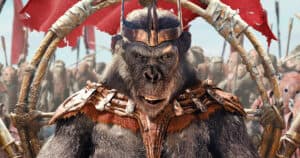

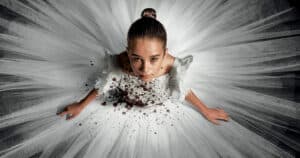
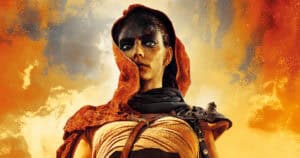
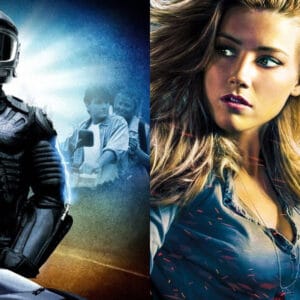
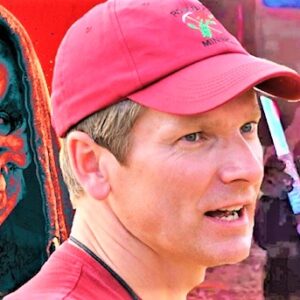
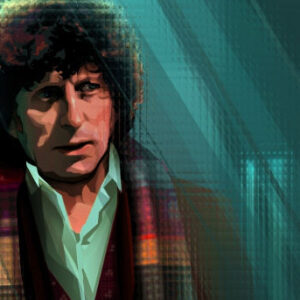

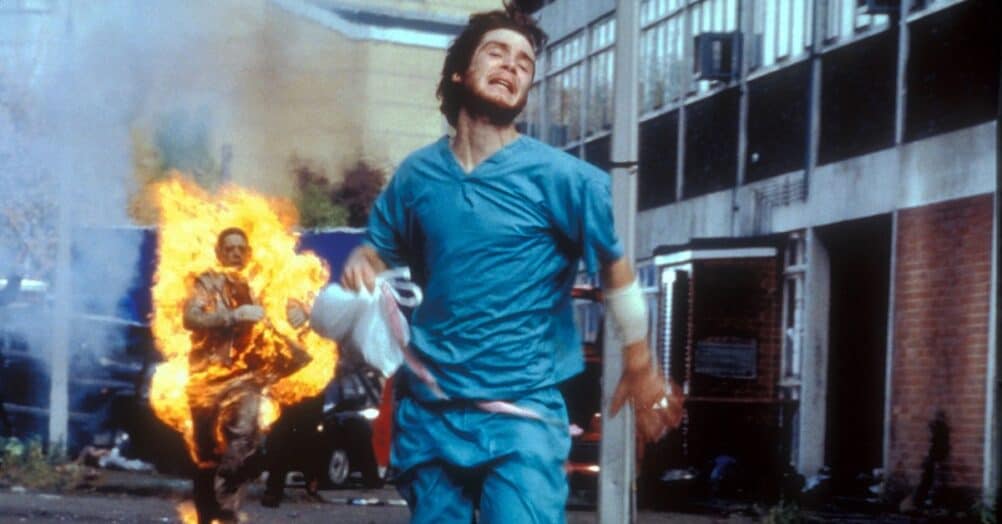
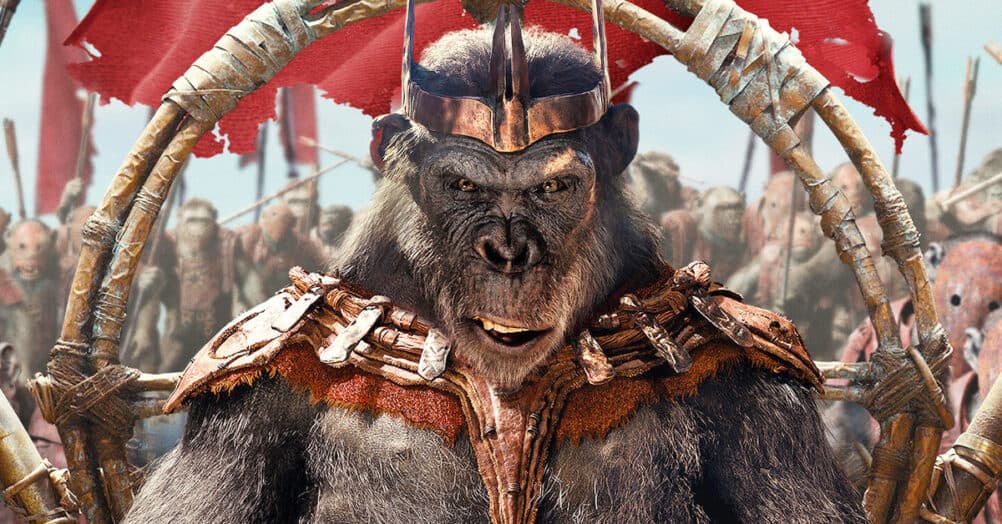
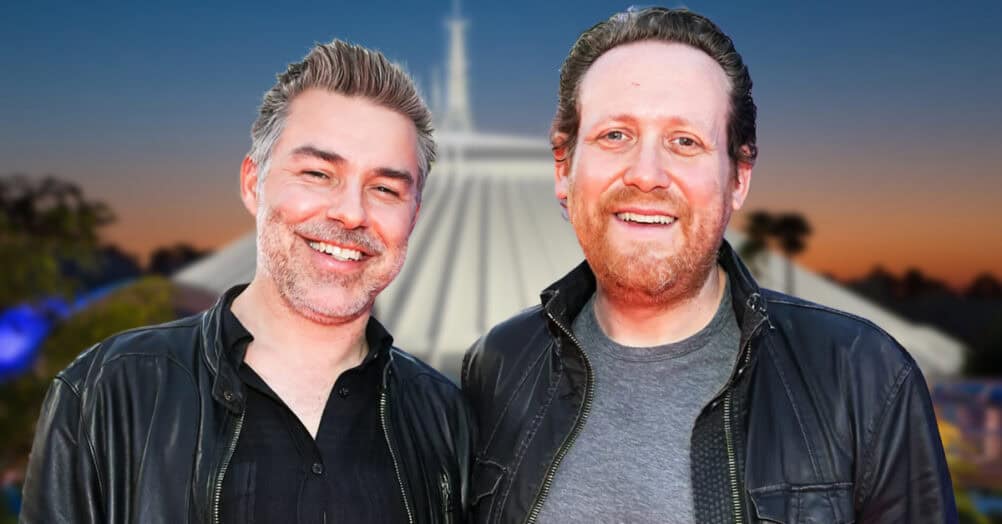
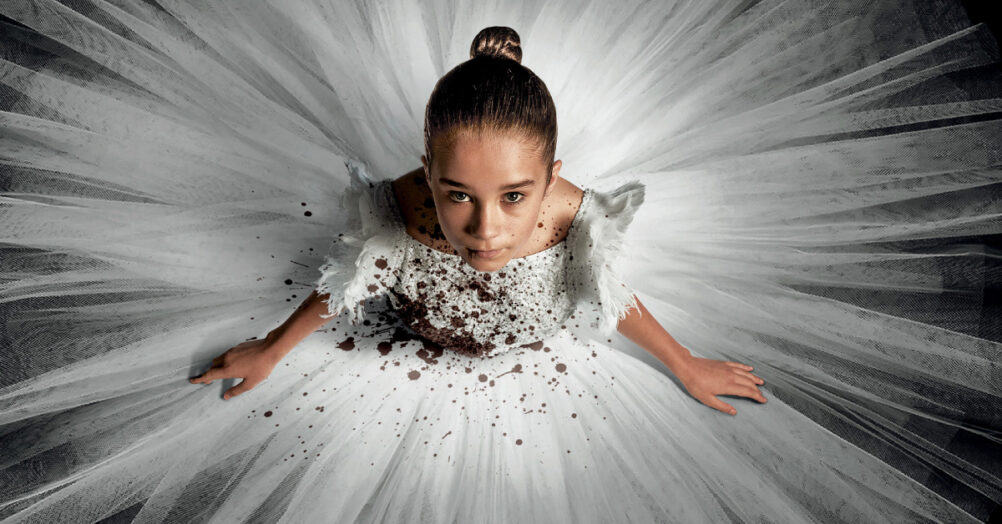
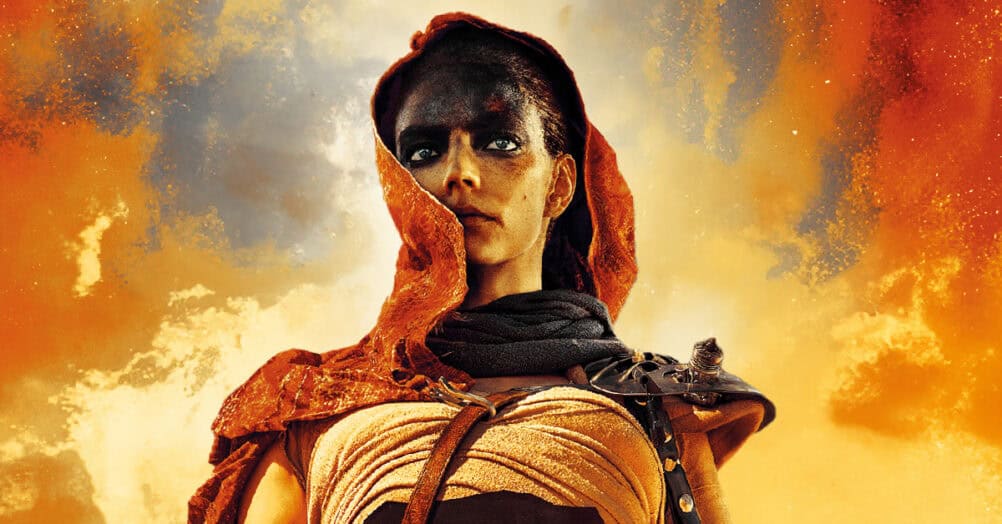
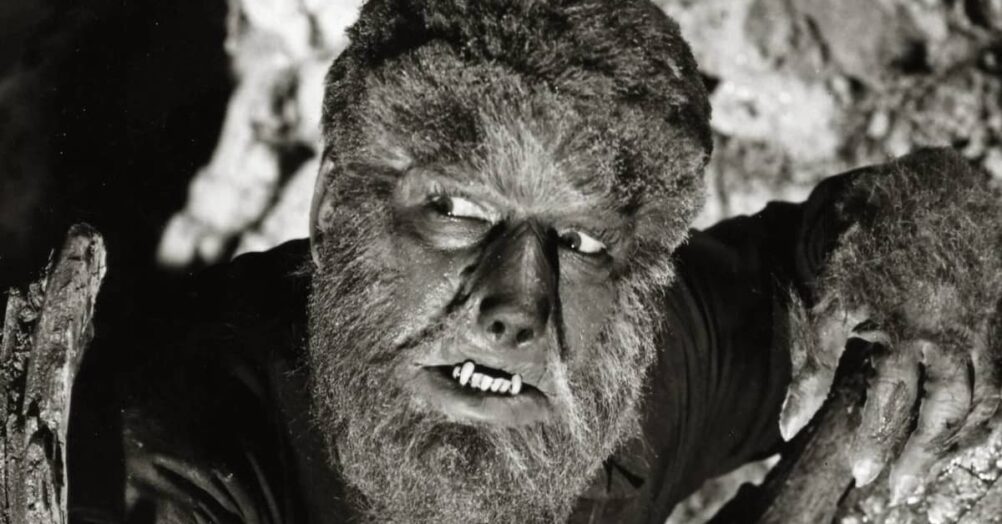
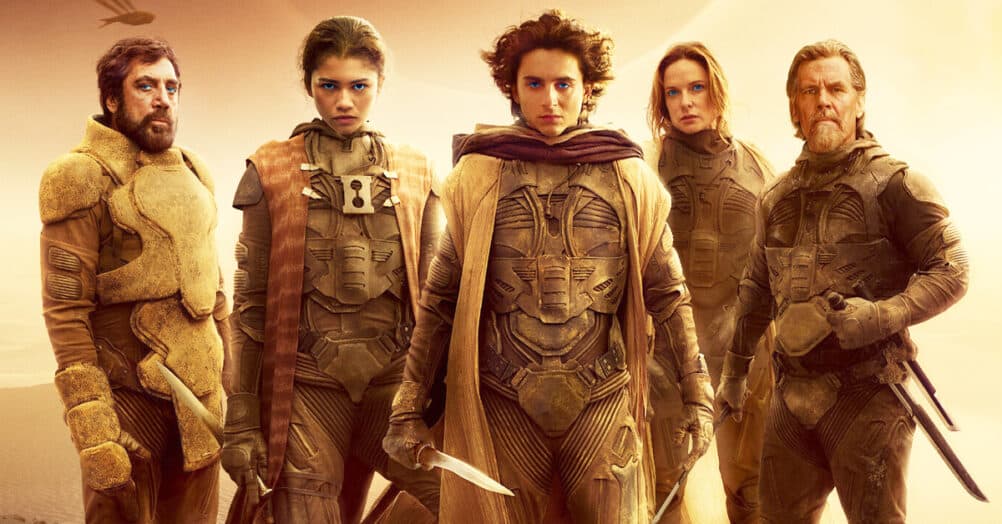
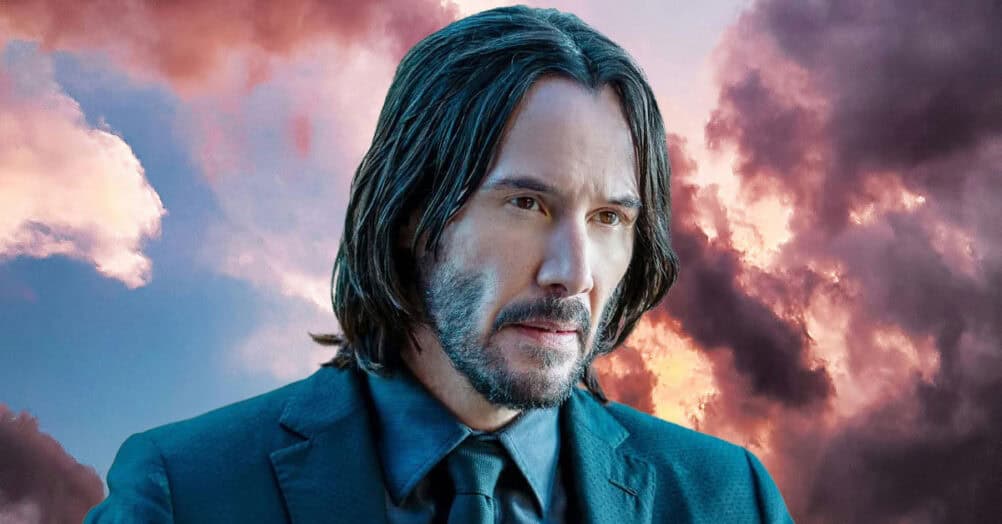
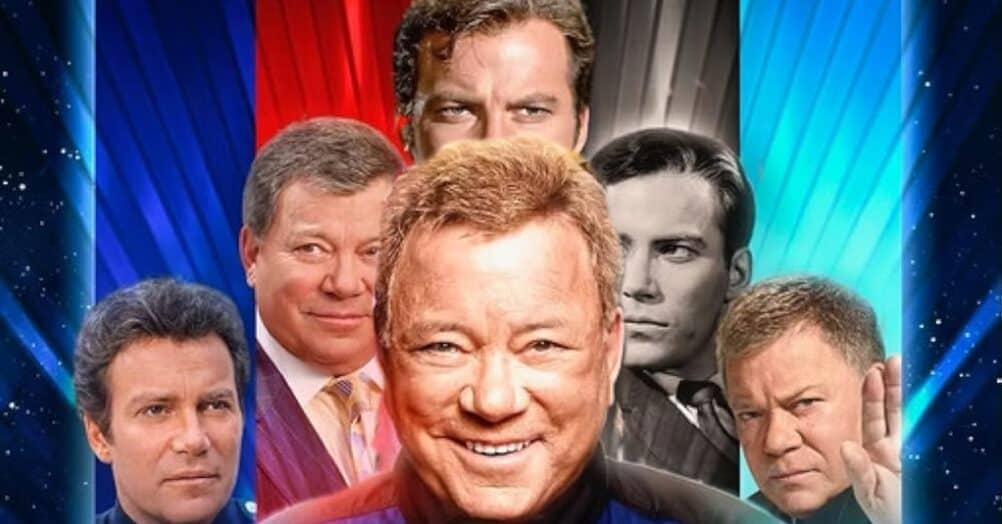
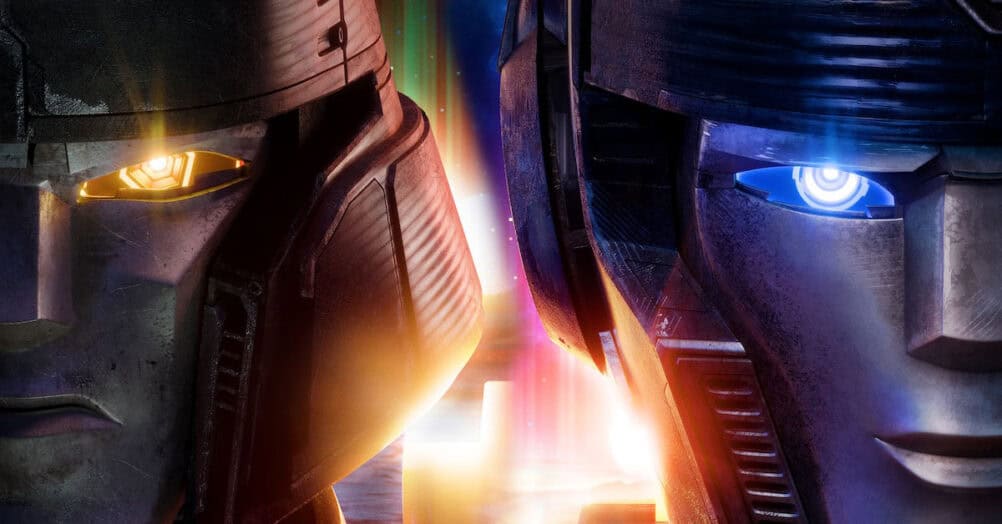
Follow the JOBLO MOVIE NETWORK
Follow us on YOUTUBE
Follow ARROW IN THE HEAD
Follow AITH on YOUTUBE